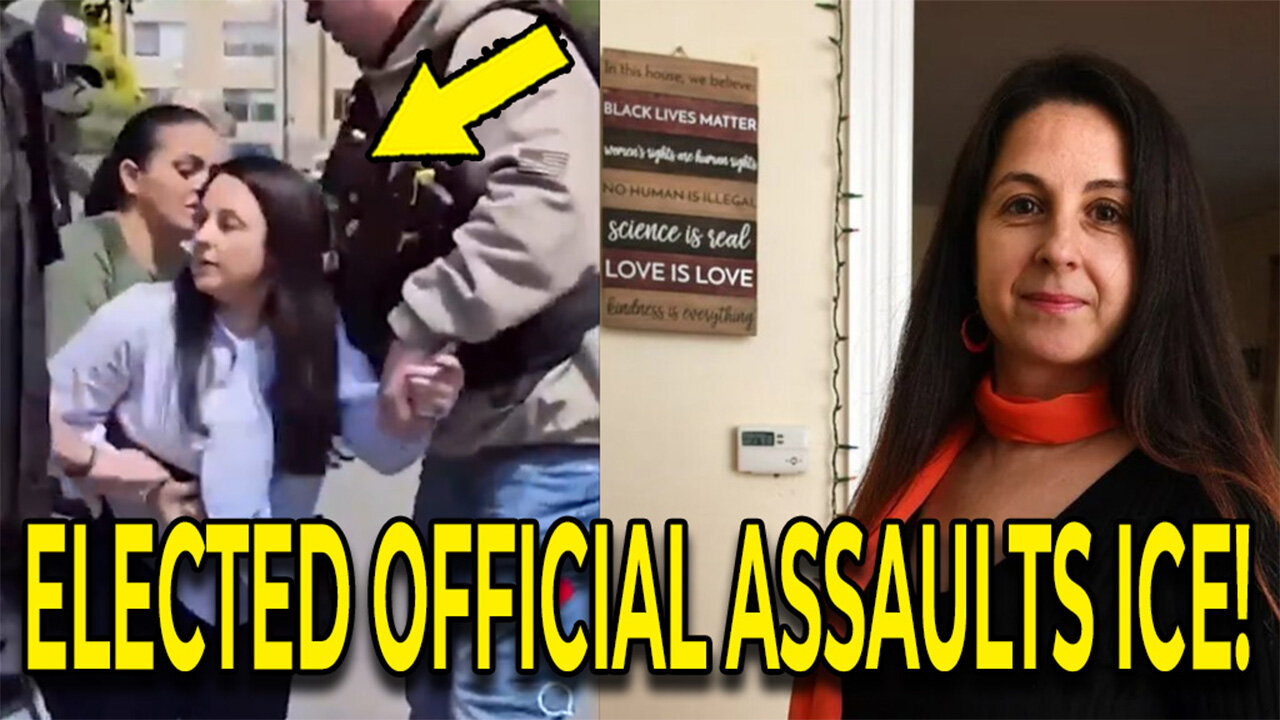'AI Jesus' enters the confessional: Blasphemy or bold experiment?


Critics have accused a historic Catholic church in a woke Swiss bishop's diocese of engaging in blasphemy and heresy for having a pseudo-AI masquerade as Christ in a confessional.
The controversial project, which has an animated depiction of Jesus on a computer monitor field questions from parishioners, is the result of a collaboration between Marco Schmid, the resident theologian at St. Peter's Chapel in Lucerne, and a duo from the Lucerne University of Applied Sciences and Arts' Immersive Realities Research Lab, Philipp Haslbauer and Aljosa Smolic.
According to the university, the project, which was launched in August, explores "the use of virtual characters based on generative artificial intelligence in a spiritual context."
"This installation allows visitors to interact with an artificial Jesus Christ in a hundred different languages, who will respond to their questions and offer answers," the university continued in its release. "Can a machine address people in a religious and spiritual way? To what extent can people confide in a machine with existential questions and accept its answers? How does AI behave in a religious context? The 'Deus in Machina' project encourages us to think about the limits of technology in the context of religion."
On Wednesday, the chapel once again referred to its Jesus-themed chatbot as "God in the machine," using the Latin, "Deus in machina," and characterized it further as a "heavenly hologram" and "experimental art installation" that "opens up a space of intimacy."
According to the chapel, one supposed benefit of having the multilingual "AI Jesus" spit out data scraped from the internet is that because "AI is based on data and algorithms, it could provide answers that are free from personal or cultural biases, which can be surprising, especially in controversial or sensitive topics."
Schmid, who maintains that the graven image effectively mocking the sacrament was placed in the confessional for pragmatic not sacramental reasons, told the Guardian, "We wanted to see and understand how people react to an AI Jesus. What would they talk with him about? Would there be interest in talking to him? We're probably pioneers in this."
When discussing who they would like to see parrot answers generated by a machine, Schmid and his collaborators initially considered persons other than Jesus Christ. "We had a discussion about what kind of avatar it would be — a theologian, a person, or a saint? But then we realized the best figure would be Jesus himself," said Schmid.
St. Peter's Chapel is playing with fire with its placement of the chatbot in the confessional and ascription of computer-generated answers to a potentially "idiotic" avatar depicting Christ.
The chapel admitted at the outset that its "AI Jesus" could "give incomprehensible, and in some cases stupid and idiotic answers."
'It has nothing to do with a sacramental encounter.'
Incomprehensibility on the part of the chatbot is hardly the worst that could happen. The bot's reliance on online sources makes it susceptible to passing off views contrary to Catholic teaching. As a result, the nominal Catholics behind the project might have unwittingly installed a heretical machine with a Jesus mask to answer theological questions in the chapel.
Furthermore, while Schmid stressed, "We are not intending to imitate a confession," they came dangerously close.
Rev. Thomas Rausch, a professor of theology at Loyola Marymount University, recently told USA Today that the installation is in no way a substitute for the sacrament of reconciliation, citing canon laws 965 and 966, which underscore only priests can hear confessions.
"Confession, or 'Reconciliation' as it is usually termed today, is an ecclesial sacrament, always private, celebrated with a penitent and a priest who has been authorized by the Church to proclaim God's forgiveness," said Rev. Rausch. "AI is a non-ecclesial, impersonal set of technologies, which assembles collections of data into a programmed readout. It has nothing to do with a sacramental encounter."
David DeCosse, a religious studies professor and ethics expert at Santa Clara University, told the paper, "It's almost a textbook case of the limits of AI in terms of all that we miss when we depart from the bodily, the interpersonal, the face, the subtleties, and feelings of human memory."
While the installation may be radical, Bishop Felix Gmür, the Swiss bishop who oversees the dioceses, is similarly unorthodox.
The Catholic News Agency indicated that Gmür has called for the ordination of women, the end of priestly celibacy, and a decentralization of the church. He has also called for the church to "find meaning" for homosexual unions.
Like Blaze News? Bypass the censors, sign up for our newsletters, and get stories like this direct to your inbox. Sign up here!
Originally Published at Daily Wire, Daily Signal, or The Blaze
What's Your Reaction?
 Like
0
Like
0
 Dislike
0
Dislike
0
 Love
0
Love
0
 Funny
0
Funny
0
 Angry
0
Angry
0
 Sad
0
Sad
0
 Wow
0
Wow
0







































































